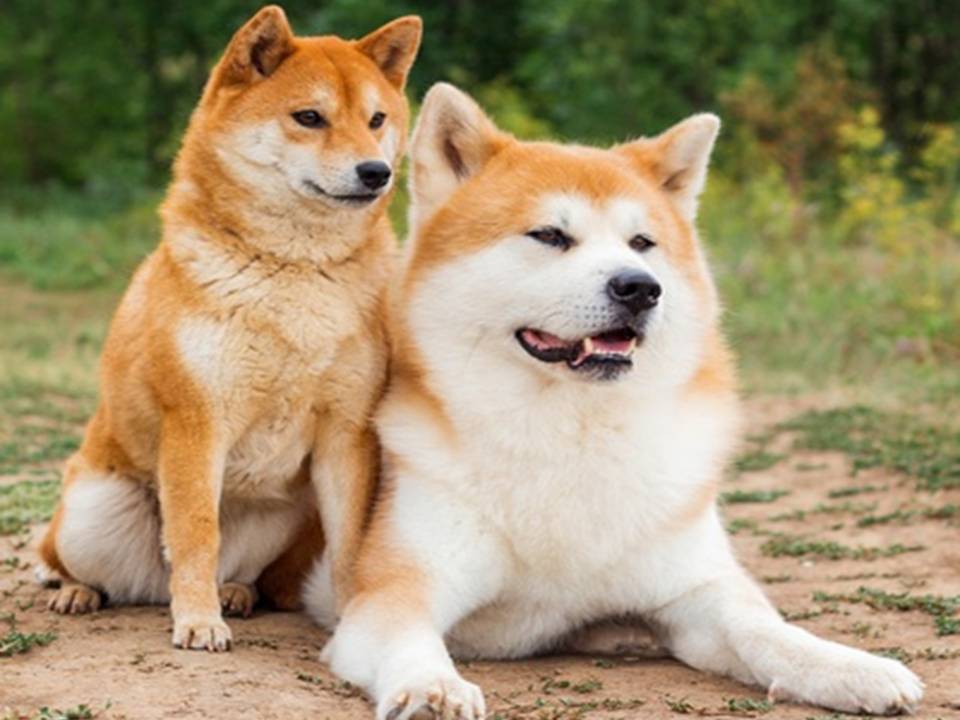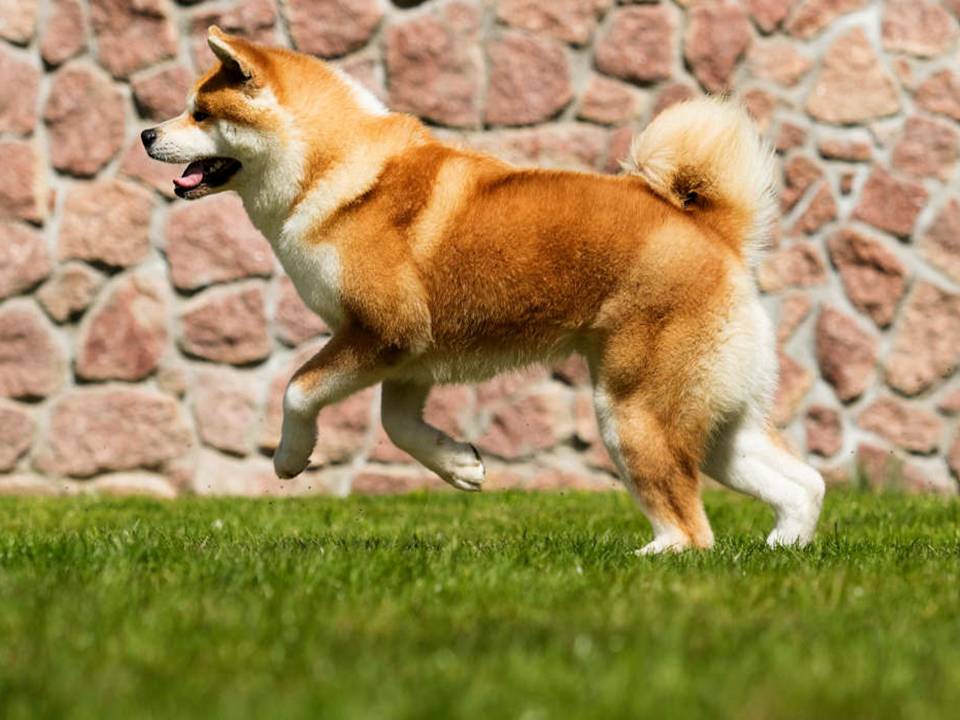Akita Japans National Treasure
The Japanese Akita Dog, known simply as Akita in Japan, holds deep cultural and historical significance. People revere this breed for its loyalty, courage, and dignified presence. The Akita symbolizes strength, protection, and well-being in Japan. Its history reflects Japan’s cultural evolution, with roots in ancient times and connections to hunting, war, and royalty.
Ancient Origins of the Akita Dog
The Akita’s ancestry traces back over a thousand years to the Akita Prefecture on Honshu Island. The breed gets its name from this region. The Akita descended from the Matagi dogs, a spitz-type hunting dog used by the indigenous Matagi people. These dogs helped hunt large game like wild boar, deer, and bears in the snowy mountains of northern Japan.
The Matagi Akita played a vital role in early communities. They hunted, protected livestock, and guarded households. Their endurance, intelligence, and adaptability made them essential in the harsh environment. Today, the modern Akita still embodies these traits of strength, stamina, and loyalty.
Role in Feudal Japan
By the 17th century, the Akita gained attention beyond rural hunting villages. The samurai class admired the breed for its strength and commanding presence. During the Edo period, people selectively bred Akitas for larger size and greater ferocity. Many Akitas served as guard dogs for samurai lords and protected Japanese nobility.
Some Akitas were also trained for dog fighting, a popular sport among samurai. This led to breeding for size, aggression, and resilience. However, dog fighting later declined in popularity, reducing the demand for such traits.
Tokugawa Tsunayoshi, the fifth shogun of the Tokugawa dynasty, loved Akitas. He enacted strict animal protection laws in 1687. Under his rule, people began to recognize Akitas as valuable cultural assets, leading to efforts to preserve the breed.
The Meiji Restoration and Breed Decline
The mid-19th century brought significant changes to Japan. The Meiji Restoration ended the feudal system and opened Japan to Western influences. Foreign dog breeds like Mastiffs and St. Bernards arrived, and people crossbred them with local dogs, including the Akita. This crossbreeding aimed to create larger, more aggressive fighting dogs.
As a result, the purebred Akita’s numbers dropped sharply, and its distinct traits nearly disappeared. By the early 20th century, breed enthusiasts and government officials stepped in to save the Akita. They declared the breed a national treasure and began registering purebred lines. In 1931, Japan officially recognized the Akita as a “national monument.”

The Story of Hachiko: A Symbol of Loyalty
The tale of Hachiko, an Akita born in 1923, brought global attention to the breed. Hachiko belonged to Hidesaburo Ueno, a professor at the University of Tokyo. Every day, Hachiko waited at Shibuya Station for his master to return from work. In 1925, Ueno died suddenly, but Hachiko continued to wait at the station every day for nine years until his own death in 1935.
Hachiko’s loyalty touched the hearts of the Japanese people. A bronze statue of Hachiko now stands at Shibuya Station in his honour. The story spread worldwide, symbolizing the bond between humans and dogs and highlighting the Akita’s loyalty.
World War II and the Akita’s Revival
World War II devastated the Akita population. During the war, Japan faced severe resource shortages. Many dogs were killed for their fur to make military uniforms, while others were slaughtered to prevent disease. Only a few Akitas survived, hidden by their owners in remote areas.
After the war, dedicated breeders worked to restore the breed. They crossbred Akitas with the few remaining pure lines and foreign breeds like German Shepherds. Over time, two distinct lines emerged: the Japanese Akita Inu and the American Akita. The Japanese Akita Inu has a fox-like appearance, with a narrow head and almond-shaped eyes. The American Akita is larger and heavier, with a broader head and robust build.
Modern Akita: A National Treasure
Today, the Japanese Akita Inu is a national symbol of loyalty, protection, and well-being in Japan. The breed has also gained international popularity, especially in the United States and Europe. People admire the Akita for its regal appearance, calm temperament, and protective instincts.
In Japan, the Akita Inu holds deep cultural significance. People celebrate the breed in festivals, honour it with statues, and even use it as a good luck charm for families. The Akita is more than a dog breed; it represents Japan’s ancient past and embodies values like loyalty, courage, and endurance.
From the mountains of Akita Prefecture to global recognition, the Akita’s history showcases its resilience and the strong bond between the breed and the people of Japan.



Very nice article. I love akita dogs